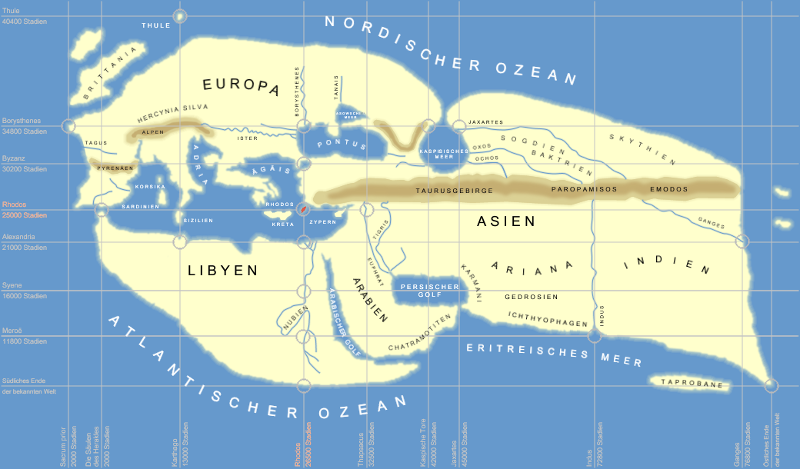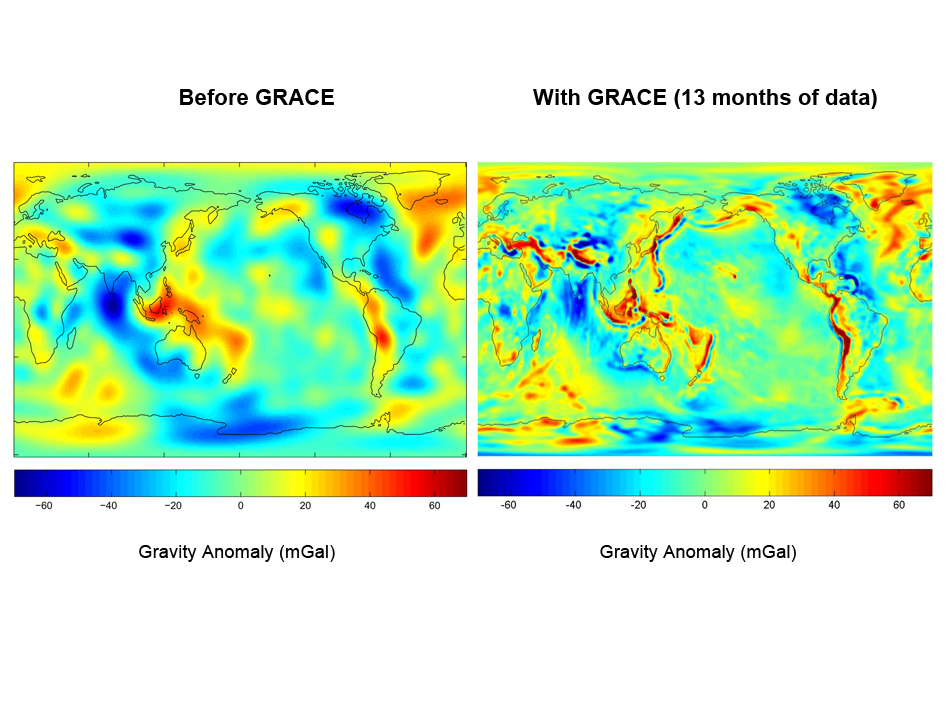The size of the Earth has been a subject of debate for centuries. People have tried to measure it in many ways and there is no one way to do it. In this blog post, we will explore some of the methods that have been used to measure the size of our planet, and see how close (no pun intended ^^) we are to getting an accurate measurement.
Measuring the earth: the beginnings
It was the Greek philosopher Eratosthenes who was the precursor of measuring the earth. He lived in the city of Alexandria, Egypt, where he noticed during the summer solstice that the sun was directly overhead at noon. He concluded that there must be a point on the earth’s surface where the sun was always directly overhead. If he could find this point, he could then use geometry to calculate the circumference of the earth.
Eratosthenes did not have access to a globe, so he had to make do with a world map. He estimated that Alexandria was about 5,000 stadia from this point and, using geometry, calculated that the earth had a circumference of 250,000 stadia. This figure is close to the modern value of 40,000 kilometers.

However, it should be noted that the stadia (distance measuring instrument) used by Eratosthenes was not the same as the modern unit of measurement. In fact, there are many different ways to measure the earth, and none of them are perfect.
How scientists measure the earth today
Measuring the earth by satellite

This seems to be the most accurate method available today. Using a technique called laser ranging, scientists can measure the distance between satellites and the earth with great accuracy.
By combining these measurements with other data, such as the earth’s rotation and orbit around the sun, scientists can calculate the size of our planet to within a few centimeters.
However, this method is not perfect. The satellites used for laser ranging can only measure a small portion of the Earth’s surface, so the data must be extrapolated to get a global picture. This can lead to errors in the measurements.
Measurement of the Earth by gravity

Another way to measure the size of our planet is to study its gravity. Earth’s gravity is what keeps us on the ground and affects everything from how objects fall to the tides.
Scientists can use sensitive instruments to measure how Earth’s gravity affects objects near it. By studying the data, they can calculate the mass and size of our planet.
However, this method also has its limitations. The data collected by the instruments are affected by factors such as the Earth’s rotation and the presence of other objects in space. It is therefore difficult to obtain an accurate measurement.
Measuring the Earth through seismology
Seismology is thestudy of earthquakes. When an earthquake occurs, waves of energy called seismic waves travel through the atmosphere and the earth. By measuring these waves, scientists can learn more about the structure of our planet.
By studying the data from seismometers, scientists were able to create a model of the Earth’s interior. This has allowed them to estimate the size of our planet to within a few percent. However, this method is also limited by the fact that it can only measure the surface of the Earth.
Limitations of current methods
As you can see, there is no definitive answer to the question of how to measure the size of the Earth. Scientists have tried many different methods, but each has its limitations. Inaccurate measurements and extrapolation can introduce errors into the final calculation.
Despite these limitations, we are still able to get a fairly accurate idea of the size of our planet. It is believed that the Earth has a circumference of about 40,000 kilometers. However, this figure is still subject to change as our measurement methods improve.
What are the future directions for measuring the Earth?
As our measurement methods continue to improve, we are likely to get a more accurate picture of the size of the Earth. However, it is unlikely that we will ever get an accurate number. The Earth is simply too large and complex for us to measure with complete accuracy.
Even so, the quest for an accurate measurement of the Earth is a major challenge for scientists. It is an important part of understanding our place in the universe and can help us better detect the processes that shape our planet.
Who knows? Maybe one day we will finally be able to answer the question of the Earth’s true size. Until then, we will continue to explore and learn more about our amazing home.
Sources:
- en.wikipedia.org – Earth’s circumference
- space.com – how big is earth
- worldatlas.com – What Is The Circumference Of The Earth?
- sciencenode.org – Measuring the earth from space





